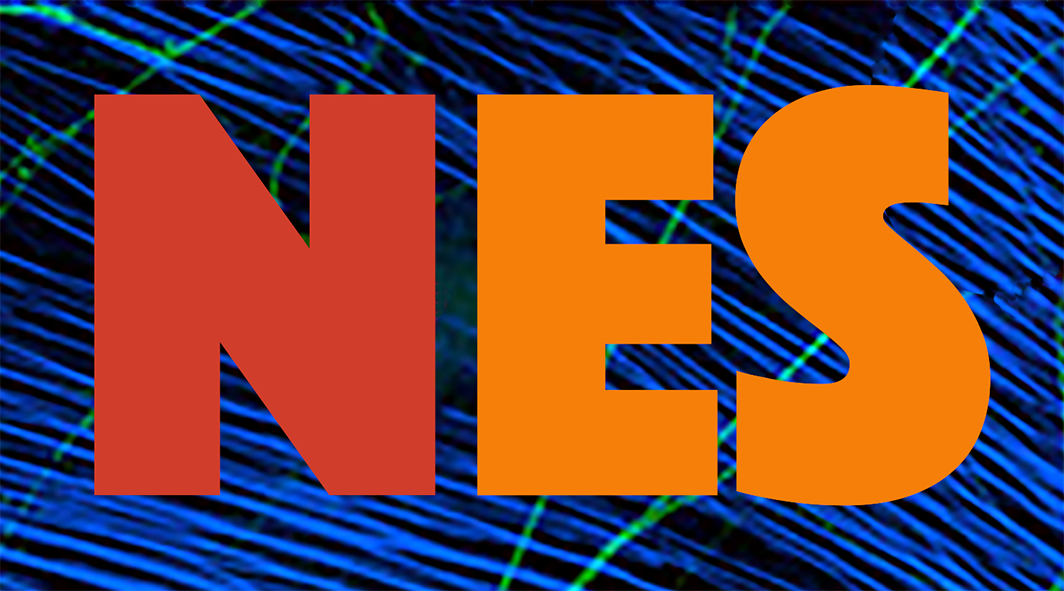
Infinite Systems of Interacting Chains with Memory of Variable Length—A Stochastic Model for Biological Neural Nets
Feb 11, 2014
by Galves, A. and Löcherbach, E.
We consider a new class of non Markovian processes with a countable number of interacting components. At each time unit, each component can take two values, indicating if it has a spike or not at this precise moment. The system evolves as follows. For each component, the probability of having a spike at the next time unit depends on the entire time evolution of the system after the last spike time of the component. This class of systems extends in a non trivial way both the interacting particle systems, which are Markovian (Spitzer in Adv. Math. 5:246–290, 1970) and the stochastic chains with memory of variable length which have finite state space (Rissanen in IEEE Trans. Inf. Theory 29(5):656–664, 1983). These features make it suitable to describe the time evolution of biological neural systems. We construct a stationary version of the process by using a probabilistic tool which is a Kalikow-type decomposition either in random environment or in space-time. This construction implies uniqueness of the stationary process. Finally we consider the case where the interactions between components are given by a critical directed Erdös-Rényi-type random graph with a large but finite number of components. In this framework we obtain an explicit upper-bound for the correlation between successive inter-spike intervals which is compatible with previous empirical findings.
The whole paper is available here: link.springer.com/article/10.1007%2Fs10955-013-0733-9/fulltext.html
Share on Twitter Share on Facebook| NeuroCineMat |
|---|
|
Featuring this week: |
| Newsletter |
|---|
|
Stay informed on our latest news! |
| Follow Us on Facebook |
|---|




